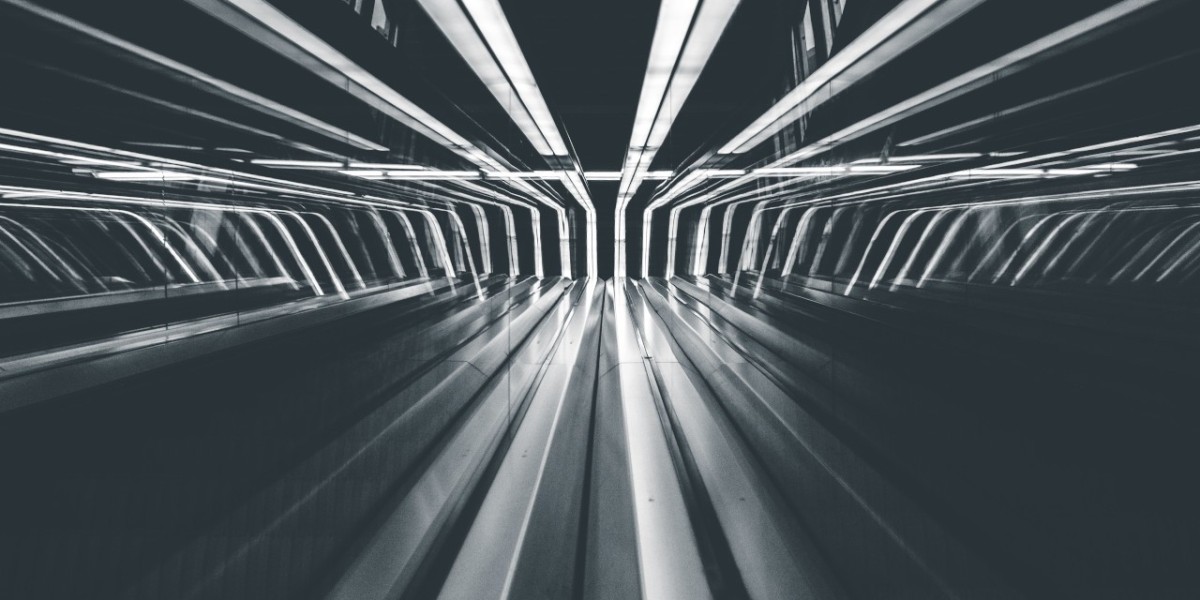The GCC Air Conditioner Market Size reached an estimated value of USD 3,851.6 million in 2023, with a projected growth rate of 3.9% CAGR during the forecast period from 2024 to 2032. By 2032, the market is expected to attain a valuation of USD 4,998.7 million. The GCC region, which includes Bahrain, Kuwait, Oman, Qatar, Saudi Arabia, and the United Arab Emirates (UAE), experiences some of the hottest climates in the world, making air conditioning a critical necessity for residential, commercial, and industrial applications. The market for air conditioners in this region has been primarily driven by urbanization, increasing population, rising standards of living, and the constant need for efficient cooling systems in both residential and commercial buildings.
Key Benefits
- Energy Efficiency: The GCC air conditioner market is increasingly focusing on energy-efficient models that reduce electricity consumption. With government regulations encouraging green building standards, manufacturers are prioritizing innovation in energy-efficient technologies.
- Technological Advancements: Integration of smart technologies such as IoT (Internet of Things) and AI (Artificial Intelligence) has enhanced the user experience by enabling remote control, automation, and energy monitoring.
- Comfort and Health Benefits: Air conditioners not only provide a cooling solution but also offer features such as air filtration and humidity control, which improve indoor air quality and comfort, making them highly beneficial for health, particularly in regions with high dust and humidity.
- Economic Impact: The construction boom, especially in countries like Saudi Arabia and the UAE, has significantly contributed to the growth of the air conditioner market. With major upcoming infrastructure projects such as Saudi Vision 2030 and Expo 2025, the demand for HVAC systems is expected to soar.
Key Industry Developments
Saudi Vision 2030: This initiative aims to diversify Saudi Arabias economy and reduce its dependence on oil, leading to the development of large-scale infrastructure projects, which will, in turn, boost the demand for air conditioning systems across various sectors.
Expo 2025 Dubai: The upcoming World Expo in Dubai is expected to attract millions of visitors, leading to the development of hotels, offices, and residential spaces, further driving the demand for air conditioning systems.
Shift Toward Energy-Efficient Technologies: The GCC governments are promoting the adoption of energy-efficient appliances to reduce energy consumption. This shift is expected to boost the sales of inverter-based air conditioners that provide efficient cooling while saving power.
Driving Factors
Extreme Climate Conditions: The high temperatures in the GCC region, which often exceed 40C, make air conditioning essential for comfortable living and working environments.
Urbanization and Population Growth: Rapid urbanization and increasing population, particularly in cities such as Dubai, Riyadh, and Doha, have spurred the demand for residential and commercial buildings, boosting the need for air conditioning units.
Rise in Disposable Income: The growing middle class and rise in disposable income in the region have led to higher spending on comfort and luxury products, including air conditioners.
Government Initiatives for Energy Efficiency: Several countries in the GCC are implementing stricter energy efficiency standards and certifications for air conditioning systems, which are encouraging the adoption of advanced, energy-efficient models.
COVID-19 Impact
The COVID-19 pandemic had a notable impact on the GCC air conditioner market. During the initial phases of the pandemic, construction activities were delayed due to lockdowns and restrictions, resulting in a temporary dip in the demand for air conditioners. The supply chain for components was also disrupted, leading to shortages in product availability. However, as economies recovered, the demand rebounded quickly, particularly due to an increased focus on improving indoor air quality in commercial and residential spaces. The pandemic also accelerated the adoption of smart, contactless technologies in air conditioners, as consumers became more health-conscious.
Restraining Factors
High Energy Costs: While air conditioners are necessary in the GCC region, the high energy consumption associated with their use can lead to significant electricity bills, making them less affordable for some segments of the population.
Environmental Concerns: The increased use of air conditioning systems can have negative environmental impacts, including high energy consumption and greenhouse gas emissions. The use of harmful refrigerants in older models also raises concerns regarding their ecological footprint.
Fluctuations in Oil Prices: The economies of most GCC countries are highly dependent on oil prices. Economic slowdowns due to fluctuating oil prices can affect consumer spending, leading to reduced demand for air conditioners.
Market Segmentation
The GCC air conditioner market can be segmented based on type, end-use, and region.
By Type:
- Split Air Conditioners: Popular in residential spaces due to their energy efficiency and cost-effectiveness.
- Window Air Conditioners: Preferred in smaller spaces or single rooms.
- Portable Air Conditioners: Gaining popularity due to their flexibility and ease of use.
- Central Air Conditioning Systems: Used in large commercial spaces, including malls, offices, and hotels.
- Packaged Air Conditioners: Primarily used in industrial and large-scale commercial settings.
By End-Use:
- Residential: Dominates the market as air conditioners are a staple in most homes.
- Commercial: Growth is driven by the construction of office buildings, shopping malls, and hotels.
- Industrial: HVAC systems play a crucial role in industries like manufacturing and logistics to maintain temperature-sensitive environments.
Regional Analysis/Insights
Saudi Arabia: The largest market for air conditioners in the GCC, driven by large-scale infrastructure projects and a growing population.
United Arab Emirates: The construction of luxury residential and commercial spaces in Dubai and Abu Dhabi fuels demand. Expo 2025 is expected to significantly boost the market.
Qatar: Investments related to the 2022 FIFA World Cup and the development of smart cities are key drivers for air conditioning systems in this region.
Kuwait and Oman: Although smaller in market size, these countries are witnessing steady growth due to urbanization and infrastructure development.
Industry Trends
Smart Air Conditioning Systems: Consumers in the GCC are increasingly adopting smart air conditioners that allow remote operation through smartphones and voice assistants.
Energy-Efficient and Inverter Air Conditioners: There is a growing preference for inverter technology that ensures efficient cooling while saving energy.
Rise of District Cooling Systems: District cooling, which involves centralized production and distribution of cooling energy, is becoming popular in densely populated areas.
Sustainable Cooling Solutions: With rising environmental concerns, manufacturers are focusing on eco-friendly refrigerants and sustainable cooling solutions.
Top Impacting Factors
- Government Regulations: Stricter regulations on energy efficiency are shaping the market by encouraging the development of environmentally friendly air conditioning systems.
- Technological Advancements: Innovation in smart technologies and AI integration is a key factor in the markets growth.
- Economic Diversification: As the GCC countries seek to diversify their economies beyond oil, the construction and real estate sectors are experiencing growth, driving the demand for air conditioning systems.
Major Key Players
- Carrier Global Corporation
- Daikin Industries, Ltd.
- Mitsubishi Electric Corporation
- LG Electronics Inc.
- Fujitsu General Limited
- Toshiba Corporation
- Trane Technologies Company, LLC
- YORK
- GREE Comfort
- Zamil Air Conditioner
- S.K.M. Air Conditioning LLC
- Awal Gulf Manufacturing Co.
- Others
Opportunities
- Expansion in Smart Technology: The demand for smart, connected air conditioning systems presents an opportunity for manufacturers to capitalize on.
- Eco-Friendly Solutions: Companies that focus on developing sustainable and eco-friendly air conditioning solutions are likely to see significant growth.
- Government Projects: Large-scale infrastructure projects, such as Saudi Vision 2030, provide substantial opportunities for HVAC companies.
Challenges
- High Energy Consumption: Managing the high energy demand of air conditioners is a challenge that manufacturers must address.
- Competition from District Cooling Systems: As district cooling becomes more popular, it could pose a challenge to traditional air conditioner manufacturers.
Restraints
- Economic Dependence on Oil: Fluctuations in oil prices can negatively impact consumer spending and construction activities, thereby restraining the market growth.
Market Scope
The GCC air conditioner market encompasses a wide range of products, from basic residential cooling units to advanced, energy-efficient commercial systems. The market's growth will be shaped by innovations in smart technologies and increased demand for sustainable cooling solutions.






